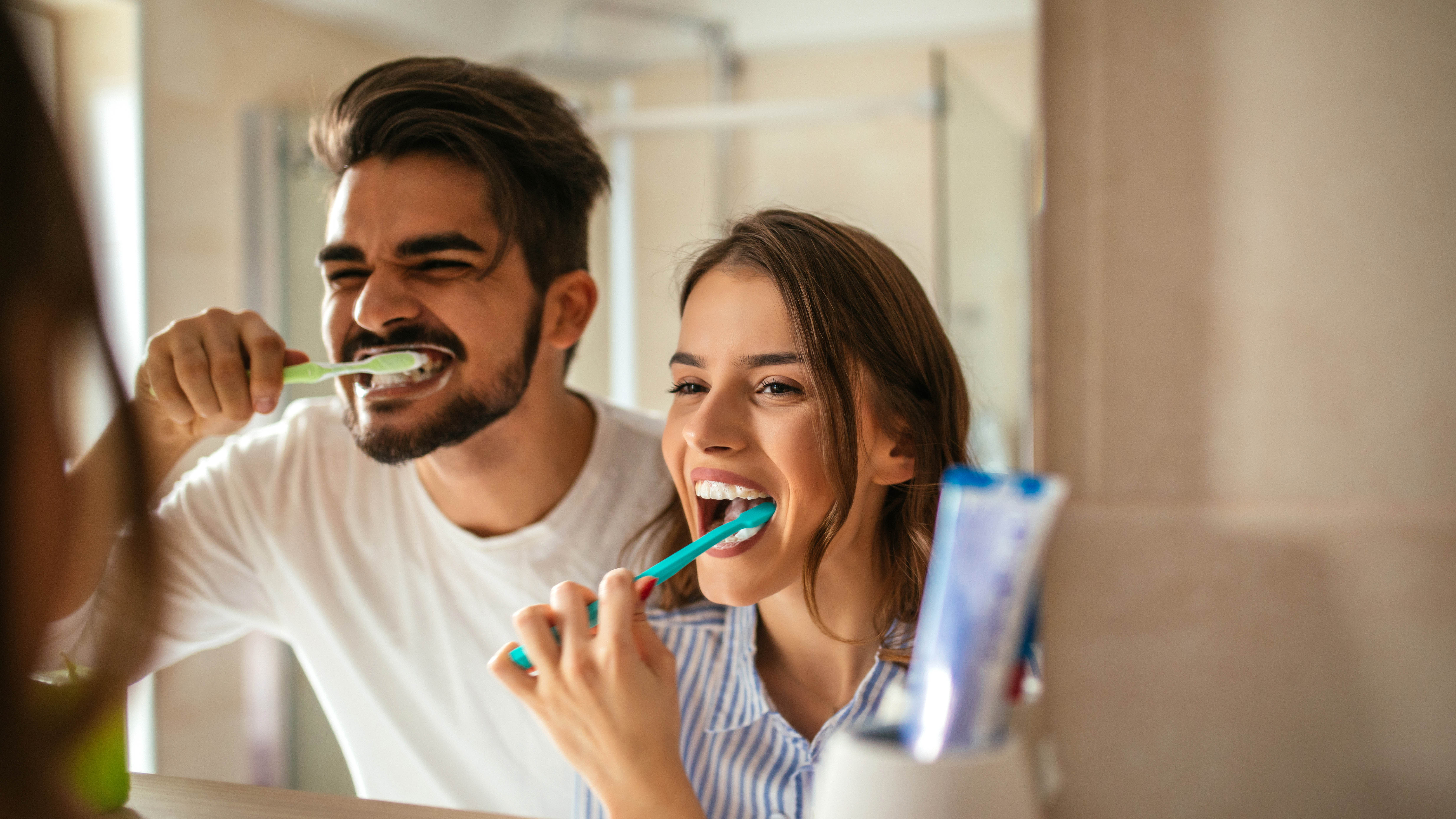
When it comes to brushing our teeth, it’s second nature to most. You wet the brush head, squeeze on the toothpaste and start brushing. And while we all keep up with this routine twice a day, did you know that there’s mistakes often made during the process — mistakes which even the best electric toothbrushes can’t fix?
Make any one of these errors, and your dental health will take a hit. You might not be giving your teeth as thorough a clean as necessary, or perhaps you’re doing more harm than good to your gums. In either case, there are changes you can make to improve things. Here are 7 mistakes to avoid when you brush your teeth.
1. Brushing too hard
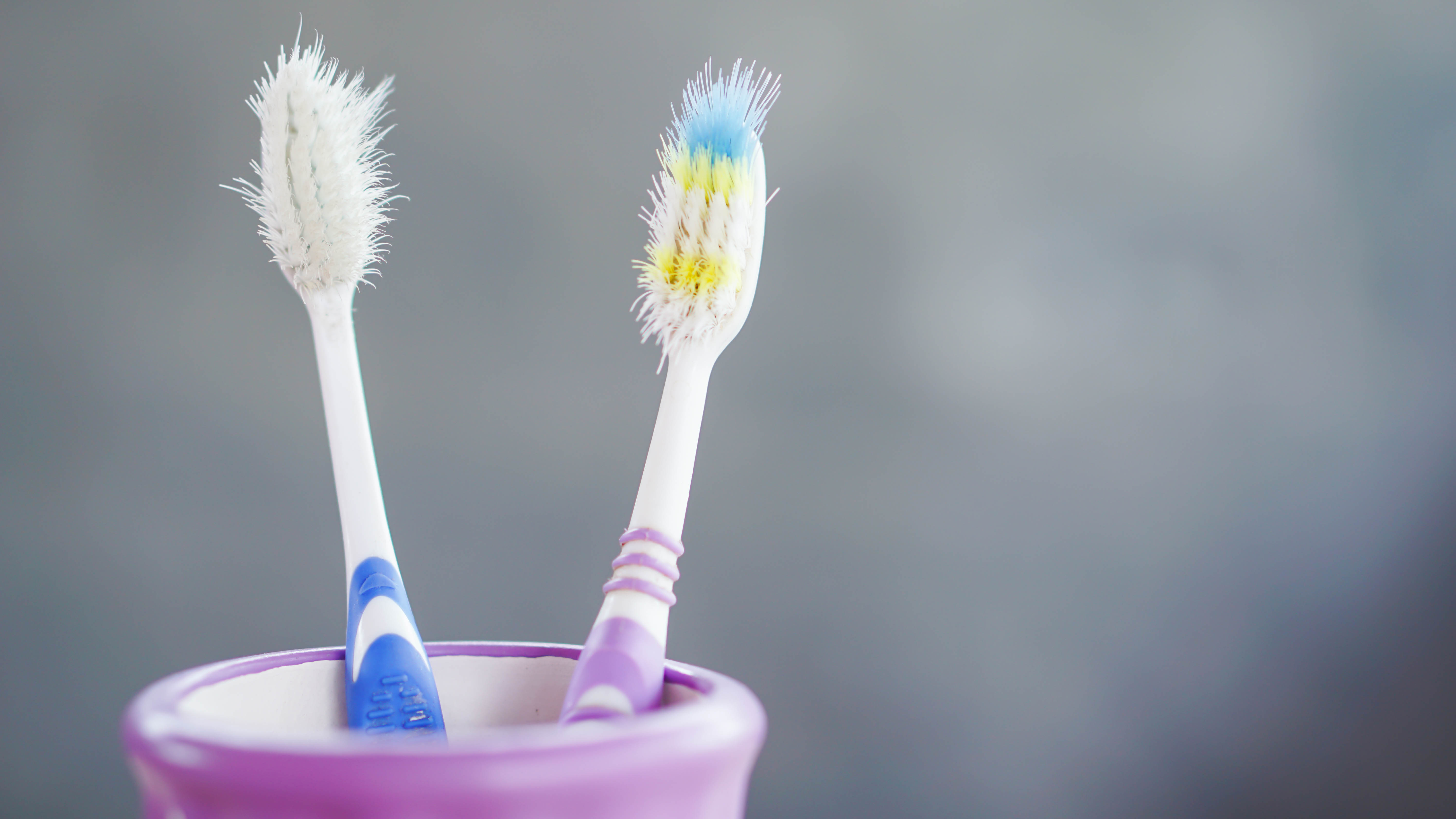
The first and most obvious mistake to avoid is brushing your teeth too hard. This is easily done when we want our teeth thoroughly cleaned, with the hope of whitening them in the process. However, you must steer clear of this habit because it will wear down the enamel and damage the gumline. In fact, it can even cause your gumline to recede, encouraging gum disease and increased sensitivity.
On top of this, brushing your teeth too hard will damage and misshape the toothbrush head, meaning you will need to replace it more often and spend more on your dental care in the long run.
Most electric toothbrushes nowadays feature a pressure sensor of sorts to indicate when you’re brushing too hard. A light may shine from the toothbrush and it may even vary the vibration tempo to indicate too much pressure. This is a useful feature to have if you’re shopping for a new electric toothbrush, for adults and kids alike.
If your toothbrush doesn’t feature a sensor, there are still ways you can tell you’re brushing too hard. The most obvious indicator is a flat brush head with frayed bristles. While some wear is inevitable, the core shape of your brush head shouldn’t vary this much. If your teeth feel overly sensitive or your gums are bleeding after brushing, that’s another sign. Switch to a soft-bristled brush head if you suspect coarse bristles are contributing to the problem.
2. Not brushing for long enough

We’re always in a rush, especially first thing in the morning, and that’s why many of us don’t give enough time to our teeth. The ADA recommends we spend 2 minutes brushing our teeth twice a day. To help us keep count, some electric toothbrushes feature timers which remind you to move onto the next portion of your mouth. There tends to be four 30-second timed sessions, with a pause in the tempo between each to tell us to move on to the next quadrant. The toothbrush then cuts out after 2 minutes to indicate time’s up.
Even though plenty of us have this guidance, the trouble is a lot of us ignore it. We have a quick brush around our mouth and then assume that’s enough. But, anything less than 2 minutes isn’t sufficient time to provide a thorough clean. You will likely be missing key areas of your mouth, which leads onto our next mistake.
3. Not achieving full coverage

Even if you spend the full two minutes brushing your teeth, you need to make sure you’re brushing them right. That means giving each tooth an even and consistent clean, both in front, behind and on top. In addition, you need to make sure your brush method is correct. If you’ve got an electric toothbrush, you don’t need to scrub, it’s best if you gradually work your way from tooth-to-tooth, moving slowly but effectively.
Most of us are accustomed to brushing vigorously from our days with a manual toothbrush, so this can be a tricky habit to break. But, if you scrub with an electric toothbrush, it won’t achieve a more effective clean. If you think about it, as the electric brush head oscillates and vibrates, it’s effectively scrubbing automatically and you can better focus its direction as you move slowly. You can make sure you achieve even coverage in doing this as well as keep a better eye on the pressure too.
4. Using an old toothbrush head
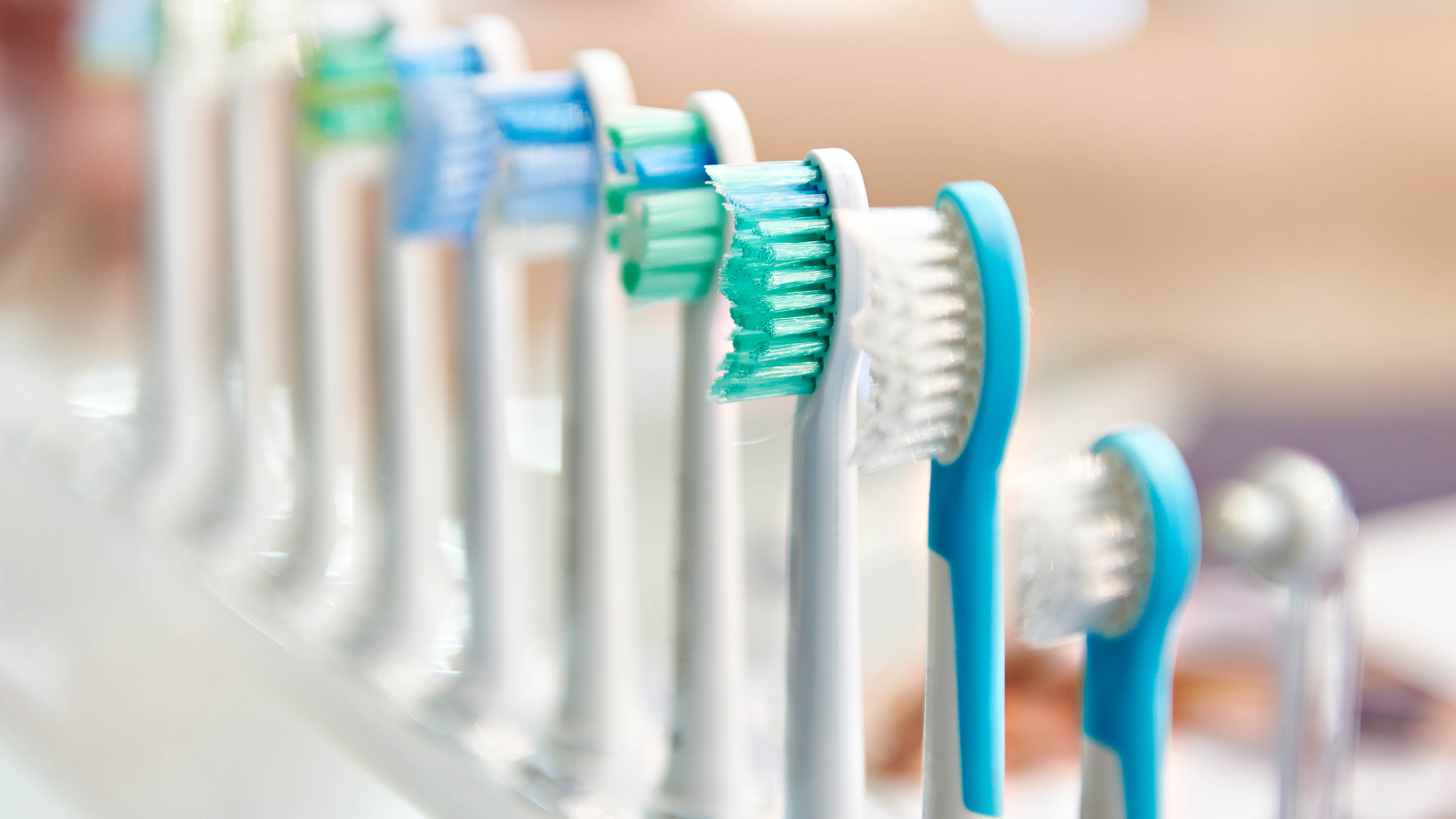
Whether you use a manual or electric toothbrush, the head/brush will need changing occasionally. Otherwise, it will gradually wear, fray and lose its effectiveness. Not only that, it can harbor bacteria over time too, so it should be replaced when necessary. The ADA recommends replacing the brush head every three to four months for guidance, although more often might be required if it’s showing visible signs of damage.
To avoid bacterial growth, make sure your toothbrush is stored correctly between uses. That means making sure the brush head is uncovered and allowed to fully air dry. Do not store the toothbrush in a drawer or cabinet and avoid using brush head covers.
5. Forgetting to floss
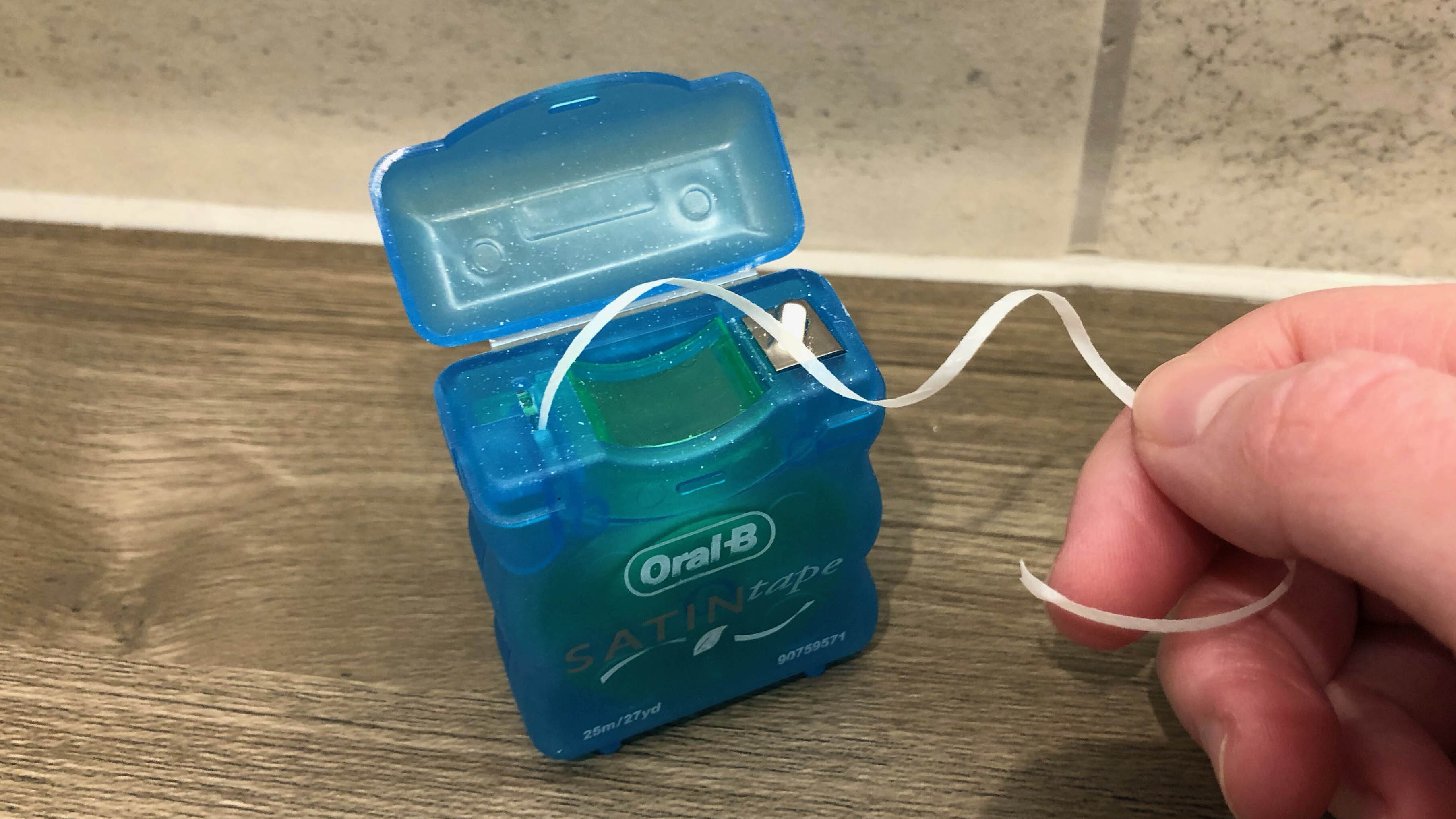
While some may not want to think about it, flossing is an important part of your dental routine. It removes any plaque and residual food that the toothbrush can’t reach. It’s essential because this plaque can otherwise lead to gum disease, cavities and even tooth decay.
If you’re not a fan of traditional dental floss, you can opt to use a water flosser instead. These remove plaque from between the teeth using focused jets of water. We recommend the Waterpik Complete Care 9.0 Sonic Electric Toothbrush ($139.99, Amazon). This combines an electric toothbrush with a flosser to save on space. Keep in mind that this can be a messy process though, especially as you get used to it.
6. Not cleaning the tooth brush
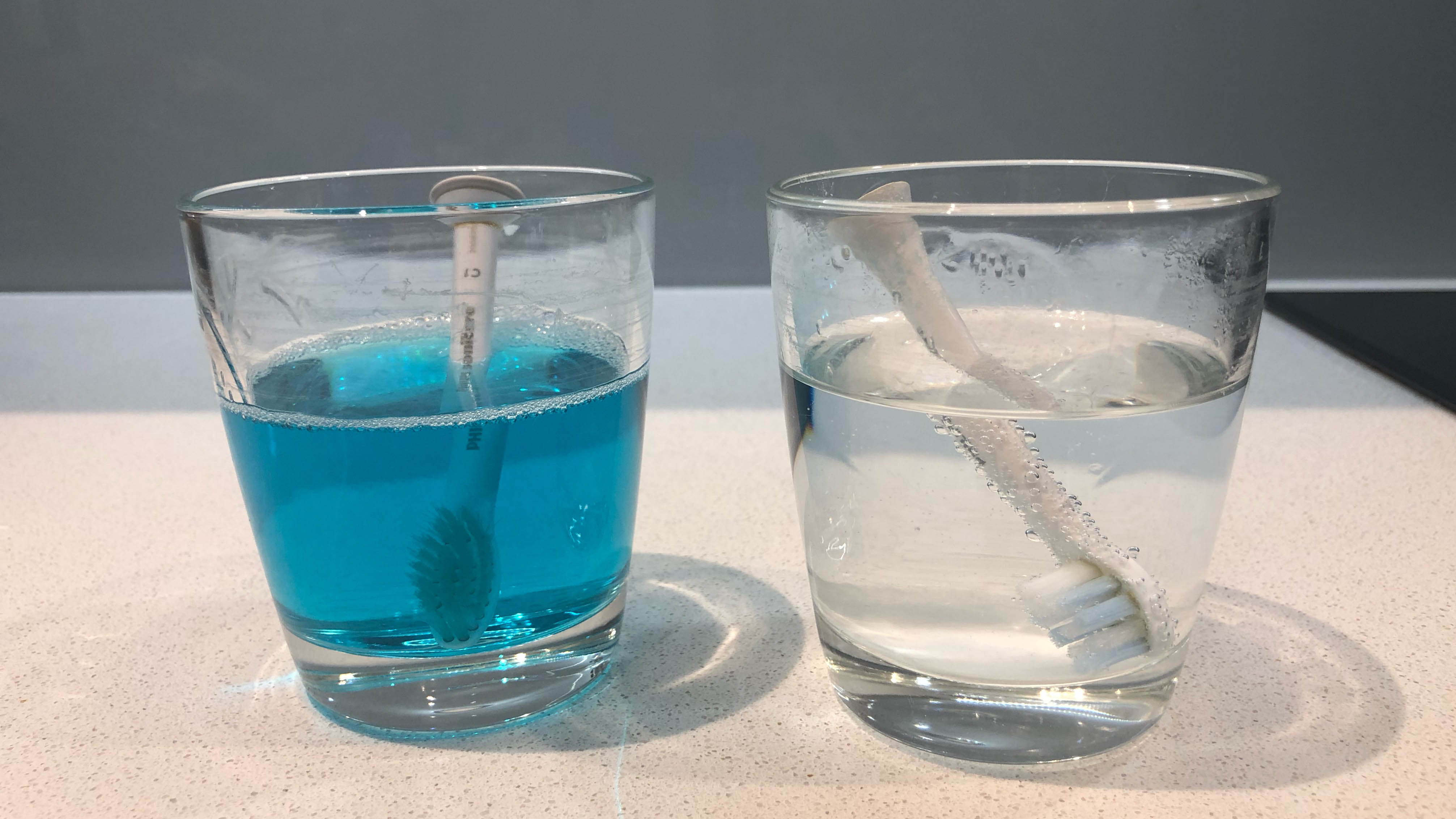
Rinsing your toothbrush after each use isn’t enough to thoroughly clean it. You should always remove the excess water from the bristles before drying the handle and storing it in an upright position. Remove the head if you use an electric toothbrush as well; this prevents residual toothpaste drying between the parts.
You should disinfect your toothbrush regularly to kill any bacteria. You can do this by submerging the head in antibacterial mouthwash or in a solution of ½ cup of water with two tablespoons of distilled white vinegar and one teaspoon of baking soda. Leave it for 15 minutes in the mouthwash, or 30 mins in the vinegar solution.
Try to incorporate this into your regular cleaning routine, sanitizing your toothbrush once a week. For full step-by-step instructions, see how to clean a toothbrush.
7. Not using one of the best toothbrushes
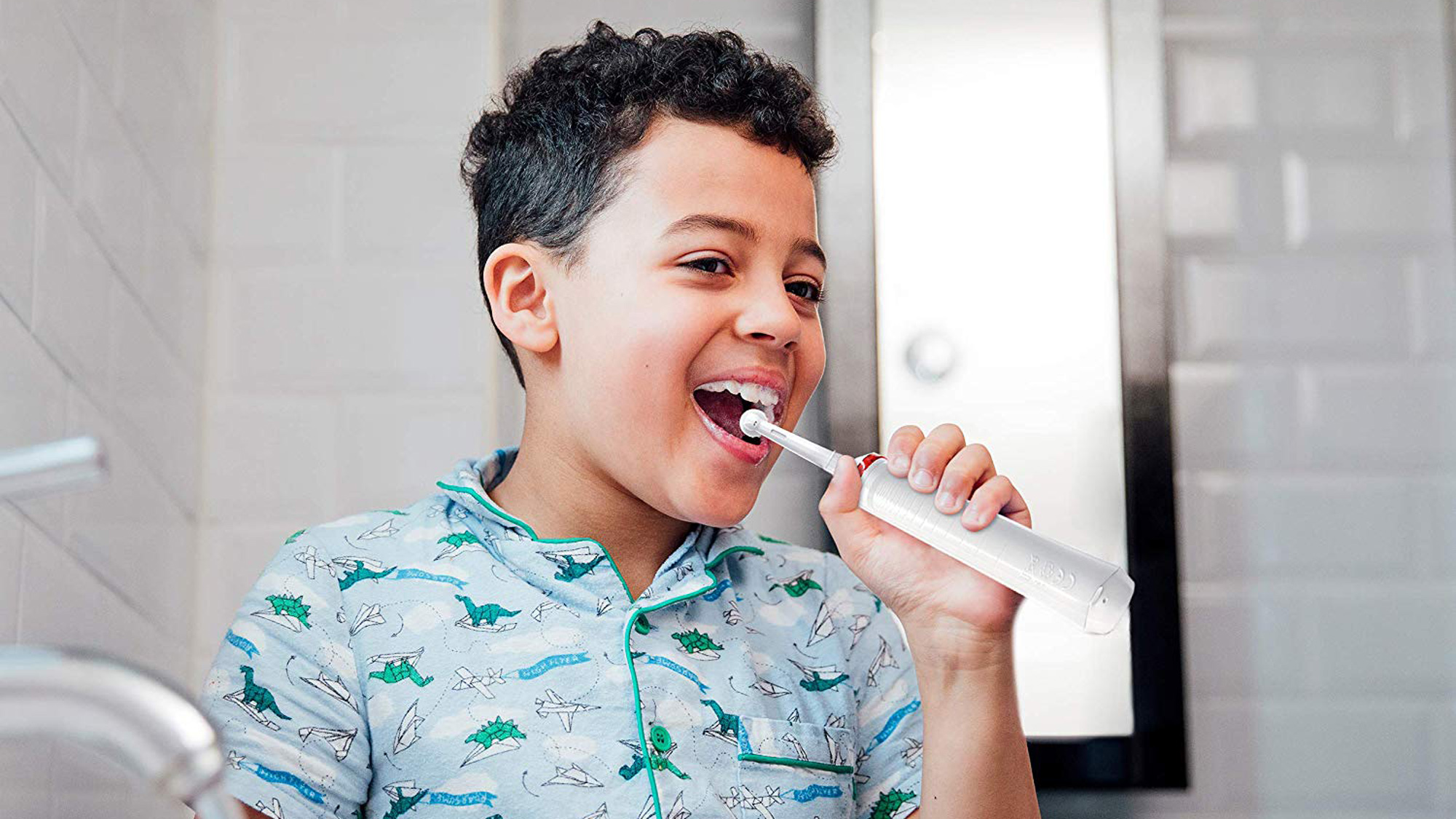
Finally, you might be making a big mistake in what you’re using to brush your teeth in the first place. By using one of the best electric toothbrushes, you've got the best chance for a thorough and effective clean with each use, so long as you follow the above guidance in the process.
We’ve found an electric toothbrush for every circumstance, whether you need a value-for-money option, or one which will encourage kids to brush properly. So take a look at our list, and decide whether you’re in need of an upgrade.







